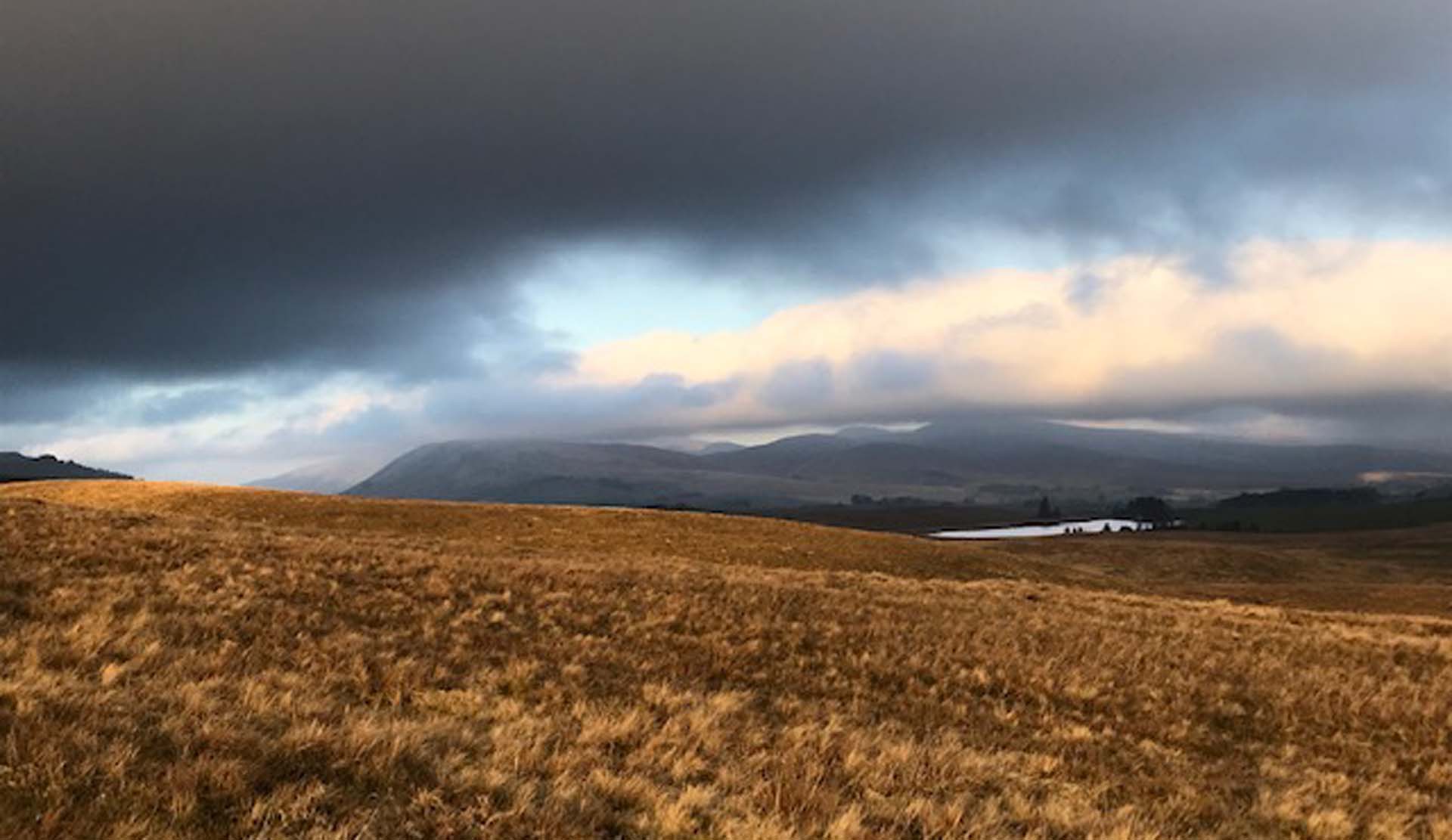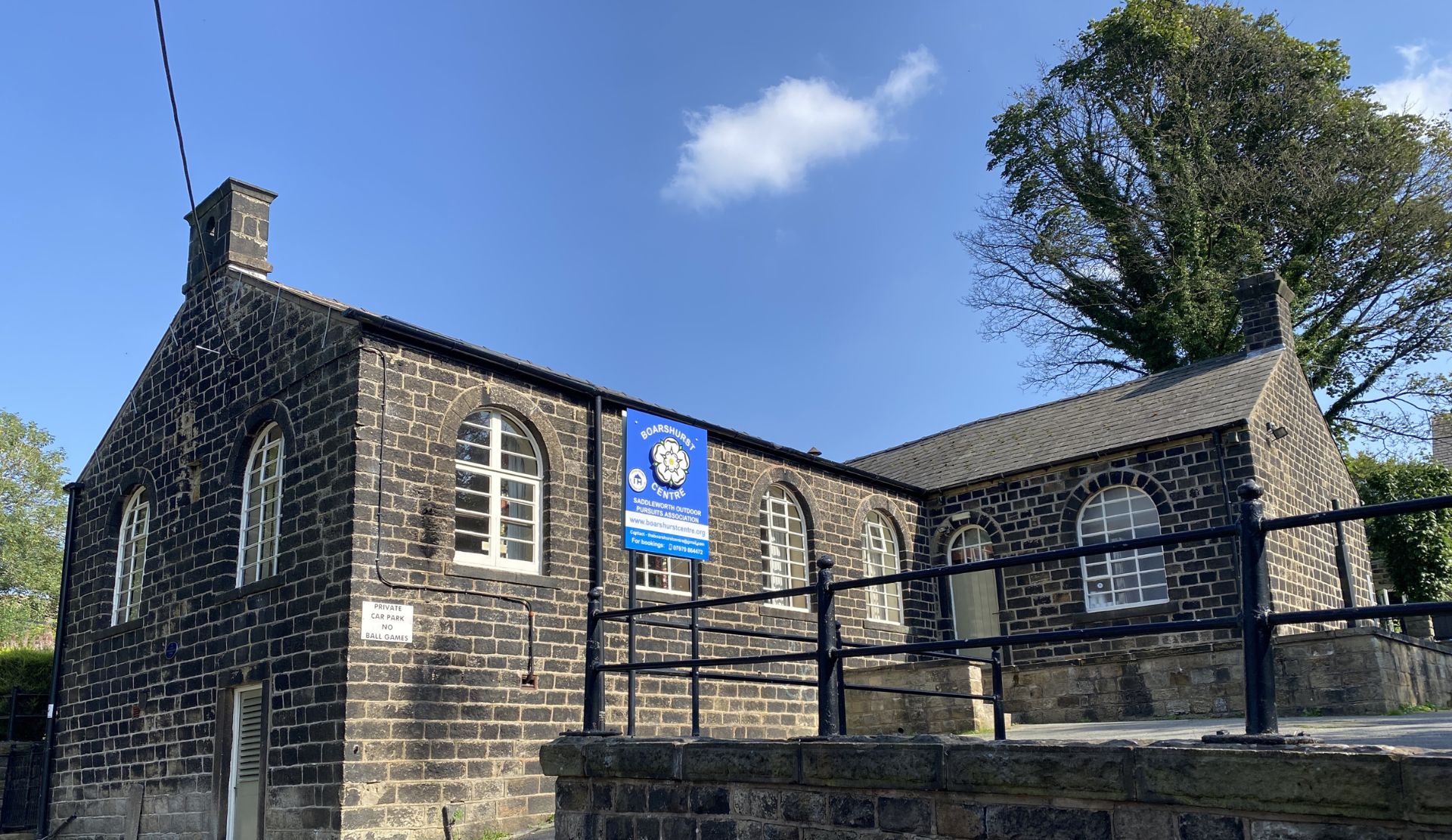Accommodation near to pubs.
When you are choosing a hostel or bunkhouse there will naturally be many things that will influence your choice. For many people choosing hostels which are near to pubs is very important. Hostels in the Independent Hostel network that are situated close to pubs prove very popular and booking is always advisable, especially in peak season.
Fortunately, many hostels and country pubs go hand in hand and there are so many bunkhouses and hostels in the network which are within a short walk of a pub. The map shows the location of hostels near pubs.

Barrington Bunkhouse, is very near to the pub and on the C2C cycle route and the Pennine Journey
Why are Hostels near pubs so popular?
There are many reasons why people choose to stay in hostels or bunkhouses close to pubs.
All hostels and bunkhouses are self-catering with kitchen and dining facilities. For the most part, guests enjoy the flexibility and the economy self catering brings. However, there are occasions when a quick walk to the pub nearby is just what is needed.
After a busy day out in the countryside, walking, cycling, climbing or whatever your passion you may not feel like cooking your own meal for once, so what could be easier than taking a very short walk to the nearby pub and treating yourself to a hearty home cooked meal.
Often guests find that on their first evening they are tired after a long journey. Rather than cooking for themselves, they will start their holiday off with a visit to the pub nearby for some pub grub and a pint while they plan the next few days. Others like to finish their stay on a high, with a hearty meal at the pub down the road.
Then there is always that awful situation when you discover that you haven’t got enough food for the evening meal. What an enormous relief to know that you are staying in a hostel near to a pub.
Just go for a drink
You may decide after cooking for yourself at your accommodation to pop over to the pub for a pint of the local real ale. There isn’t a better way to meet the locals, learn more about the area and get a feel for the community you are visiting than sitting and chatting to the regulars in the pub.

Hostels or Bunkhouses close to pubs are vital for people on a walking holiday.
If you and your group are on a walking holiday, perhaps traveling one of the long distance paths and are walking from hostel to hostel, then choosing accommodation that is near to a pub and its benefits is very important.
Who wants to walk miles to the pub for their dinner after having walked miles during the day? The alternative, if your hostel is not close to a pub, is carrying your provisions for your evening meal and your breakfast while you walk. I am sure you will agree it is much more prudent to book hostels or bunkhouses situated close to pubs!
The Bunkbarn and Pub in Derbyshire.
Hostels near pubs are great for groups of friends or families
Many groups of families and friends favor hostels and bunkhouses close to pubs as their proximity gives more choice as to what people do and where they go. With larger groups, people don’t always want to do the same things all of the time. Having the opportunity to slip next door for a pint or two is not to be turned down.
Self catering for a large group saves lots of money. But again as a treat, a rest for the ‘cooks’ and for a celebration, a quick walk to the pub close by for a tasty meal, a couple of drinks, and a stroll home is a real perk.

Camping Barns near pubs are very popular.
Camping barns are much more basic than hostels or bunkhouses. Guests are expected to bring their own cooking equipment, utensils, and food. The chance to book a camping barn close to a pub is not to be turned down. Having the choice to give self-catering a miss and pop down the road for a plateful of pub grub, a roaring fire, and some local beer is really valued by the camping barn guests.
Stay at a Hostel near to a pub and you can invite other friends to join you for the evening.
Often groups staying at a hostel or bunkhouse seize the chance to invite other more local friends to join them in the evening for a meal for a catch-up. This may not always be possible in the hostel itself. Accommodation close to a pub means everyone can meet up and enjoy an evening together.












 Our luxury Bunkhouses still have shared bedrooms, mostly with bunkbeds but they all have high-quality mattresses, and will provide bed linen and in some cases even towels.
Our luxury Bunkhouses still have shared bedrooms, mostly with bunkbeds but they all have high-quality mattresses, and will provide bed linen and in some cases even towels.
 Most Luxury camping barns have en suite facilities but even where washing facilities are shared these are usually modern bathrooms with good quality hot showers and a few extras to make your stay that little bit special.
Most Luxury camping barns have en suite facilities but even where washing facilities are shared these are usually modern bathrooms with good quality hot showers and a few extras to make your stay that little bit special.
















 Can you spot
Can you spot 












